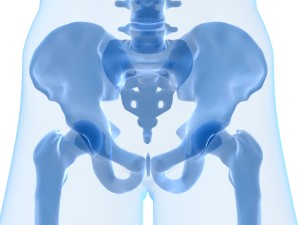| Effects of Prone Pelvic Adjustments on Posture |
| The Study: Effects of pelvic adjustment on pelvic posture and angles of the lower limb joints during walking in female university students
The Facts:
a. The authors indicate that the pelvis is important to posture.
b. The subjects were 30 female students from a university.
c. They were divided between a control group which did stretching only and an adjustment group.
d. The adjustments used were performed by physical therapists "in keeping with Gonstead's theory" and consisted of prone adjustments to the PI ilium and also to the AS illium. (emphasis ours)
e. The authors used a BackMapper device which analyses postures in 3D.
f. They found that the adjustment group showed a significant improvements in trunk imbalance, pelvic position, pelvic torsion and also the position of the scapulae while the stretching group showed no significant differences in these same areas..
Take Home:
Prone adjustments of the SI joints changed posture significantly as compared to stretching only.
Reviewer's Comments:
I think that most of us feel that adjustments can change posture and this study reinforces that thought. However there are not a great number of studies other than those done on upper cervical type adjustments that show alignment changes on radiographs due solely to adjustments. I would like you to consider the following: If posture changes then the alignment between boney structures must change. The overall alignment changes must mimic the amount of postural change but how much change occurs at individual segments cannot be determined without imaging. As we say in my world, more research is needed. I love to end things on a self serving note.
Reviewer: Roger Coleman DC
Editor : Mark R. Payne DC
Reference: Cho M, Effects of pelvic adjustment on pelvic posture and angles of the lower limb joints during walking in female university students. See comment in PubMed Commons belowJ Phys Ther Sci. 2016;28:1284-8. doi: 10.1589/jpts.28.1284. Epub 2016 Apr 28
|


